AbdElRahman ElSaid
Backpropagation-Free 4D Continuous Ant-Based Neural Topology Search
May 11, 2023



Abstract:Continuous Ant-based Topology Search (CANTS) is a previously introduced novel nature-inspired neural architecture search (NAS) algorithm that is based on ant colony optimization (ACO). CANTS utilizes a continuous search space to indirectly-encode a neural architecture search space. Synthetic ant agents explore CANTS' continuous search space based on the density and distribution of pheromones, strongly inspired by how ants move in the real world. This continuous search space allows CANTS to automate the design of artificial neural networks (ANNs) of any size, removing a key limitation inherent to many current NAS algorithms that must operate within structures of a size that is predetermined by the user. This work expands CANTS by adding a fourth dimension to its search space representing potential neural synaptic weights. Adding this extra dimension allows CANTS agents to optimize both the architecture as well as the weights of an ANN without applying backpropagation (BP), which leads to a significant reduction in the time consumed in the optimization process. The experiments of this study - using real-world data - demonstrate that the BP-Free~CANTS algorithm exhibits highly competitive performance compared to both CANTS and ANTS while requiring significantly less operation time.
Addressing Tactic Volatility in Self-Adaptive Systems Using Evolved Recurrent Neural Networks and Uncertainty Reduction Tactics
Apr 21, 2022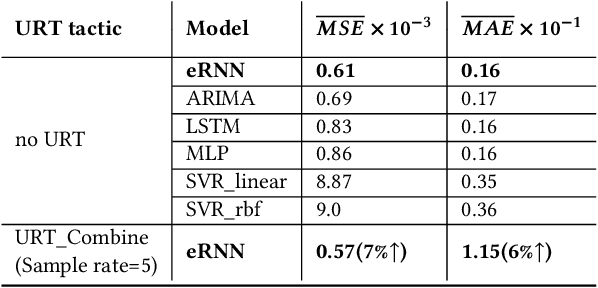
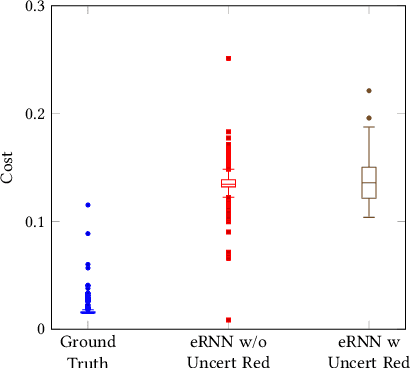
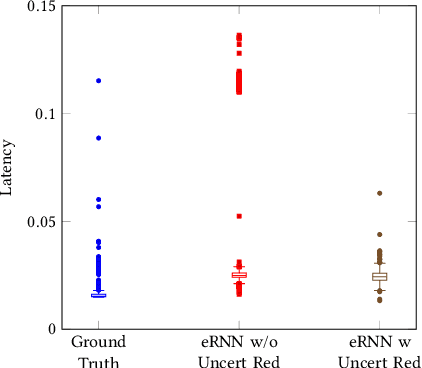
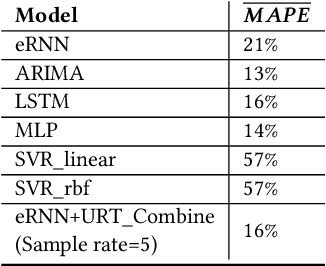
Abstract:Self-adaptive systems frequently use tactics to perform adaptations. Tactic examples include the implementation of additional security measures when an intrusion is detected, or activating a cooling mechanism when temperature thresholds are surpassed. Tactic volatility occurs in real-world systems and is defined as variable behavior in the attributes of a tactic, such as its latency or cost. A system's inability to effectively account for tactic volatility adversely impacts its efficiency and resiliency against the dynamics of real-world environments. To enable systems' efficiency against tactic volatility, we propose a Tactic Volatility Aware (TVA-E) process utilizing evolved Recurrent Neural Networks (eRNN) to provide accurate tactic predictions. TVA-E is also the first known process to take advantage of uncertainty reduction tactics to provide additional information to the decision-making process and reduce uncertainty. TVA-E easily integrates into popular adaptation processes enabling it to immediately benefit a large number of existing self-adaptive systems. Simulations using 52,106 tactic records demonstrate that: I) eRNN is an effective prediction mechanism, II) TVA-E represents an improvement over existing state-of-the-art processes in accounting for tactic volatility, and III) Uncertainty reduction tactics are beneficial in accounting for tactic volatility. The developed dataset and tool can be found at https://tacticvolatility.github.io/
Continuous Ant-Based Neural Topology Search
Nov 21, 2020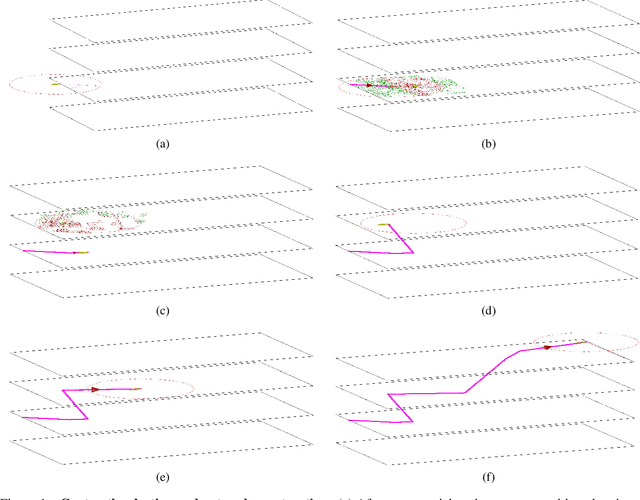
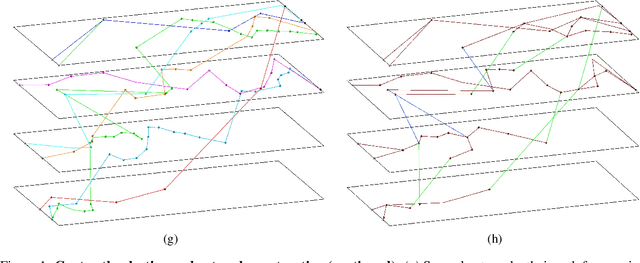
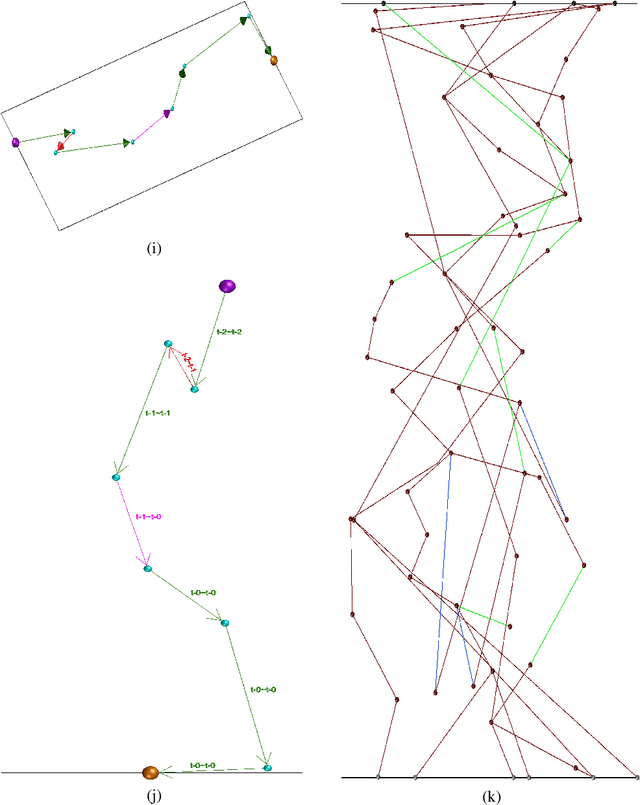
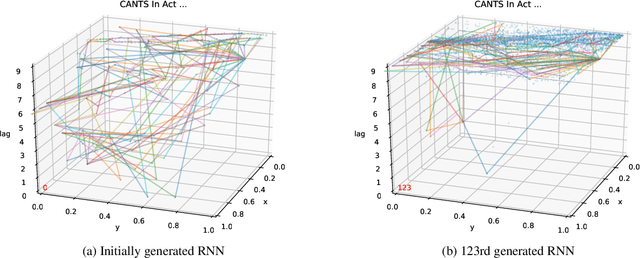
Abstract:This work introduces a novel, nature-inspired neural architecture search (NAS) algorithm based on ant colony optimization, Continuous Ant-based Neural Topology Search (CANTS), which utilizes synthetic ants that move over a continuous search space based on the density and distribution of pheromones, is strongly inspired by how ants move in the real world. The paths taken by the ant agents through the search space are utilized to construct artificial neural networks (ANNs). This continuous search space allows CANTS to automate the design of ANNs of any size, removing a key limitation inherent to many current NAS algorithms that must operate within structures with a size predetermined by the user. CANTS employs a distributed asynchronous strategy which allows it to scale to large-scale high performance computing resources, works with a variety of recurrent memory cell structures, and makes use of a communal weight sharing strategy to reduce training time. The proposed procedure is evaluated on three real-world, time series prediction problems in the field of power systems and compared to two state-of-the-art algorithms. Results show that CANTS is able to provide improved or competitive results on all of these problems, while also being easier to use, requiring half the number of user-specified hyper-parameters.
An Experimental Study of Weight Initialization and Weight Inheritance Effects on Neuroevolution
Sep 26, 2020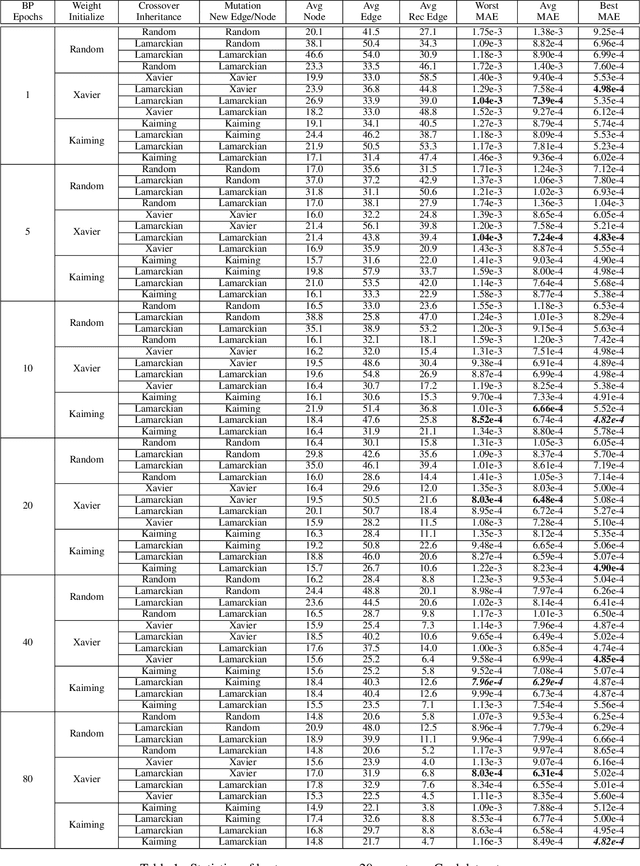
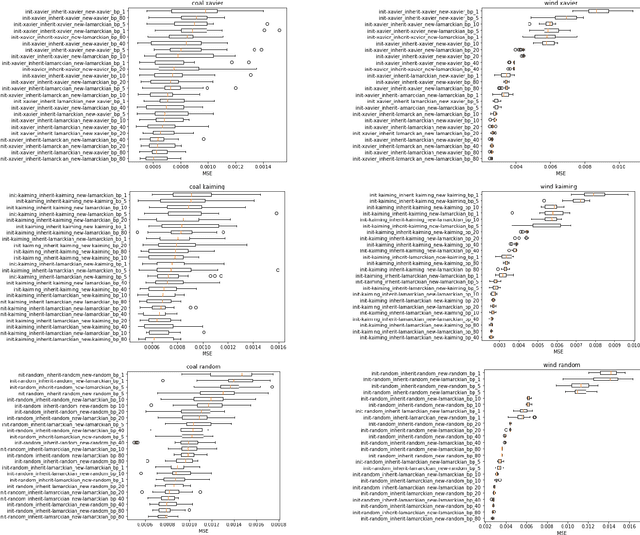
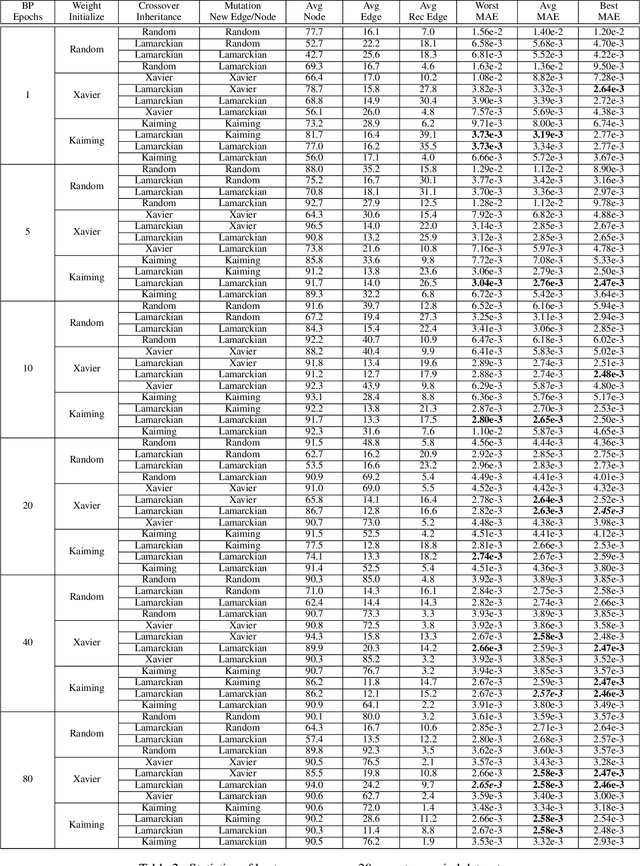
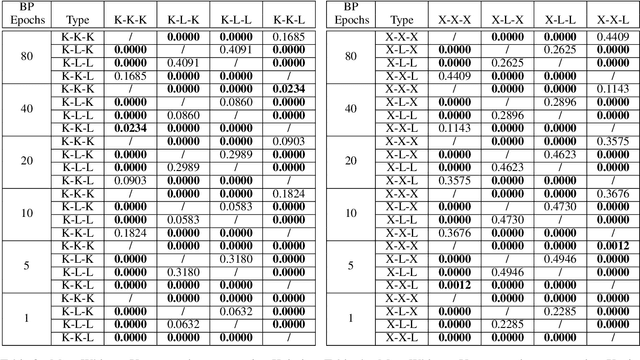
Abstract:Weight initialization is critical in being able to successfully train artificial neural networks (ANNs), and even more so for recurrent neural networks (RNNs) which can easily suffer from vanishing and exploding gradients. In neuroevolution, where evolutionary algorithms are applied to neural architecture search, weights typically need to be initialized at three different times: when initial genomes (ANN architectures) are created at the beginning of the search, when offspring genomes are generated by crossover, and when new nodes or edges are created during mutation. This work explores the difference between using Xavier, Kaiming, and uniform random weight initialization methods, as well as novel Lamarckian weight inheritance methods for initializing new weights during crossover and mutation operations. These are examined using the Evolutionary eXploration of Augmenting Memory Models (EXAMM) neuroevolution algorithm, which is capable of evolving RNNs with a variety of modern memory cells (e.g., LSTM, GRU, MGU, UGRNN and Delta-RNN cells) as well recurrent connections with varying time skips through a high performance island based distributed evolutionary algorithm. Results show that with statistical significance, utilizing the Lamarckian strategies outperforms Kaiming, Xavier and uniform random weight initialization, and can speed neuroevolution by requiring less backpropagation epochs to be evaluated for each generated RNN.
Neuroevolutionary Transfer Learning of Deep Recurrent Neural Networks through Network-Aware Adaptation
Jun 04, 2020
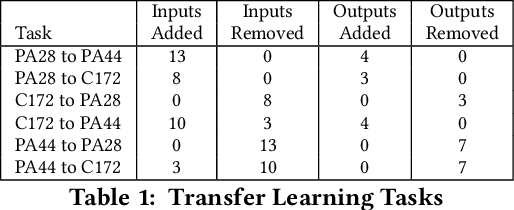

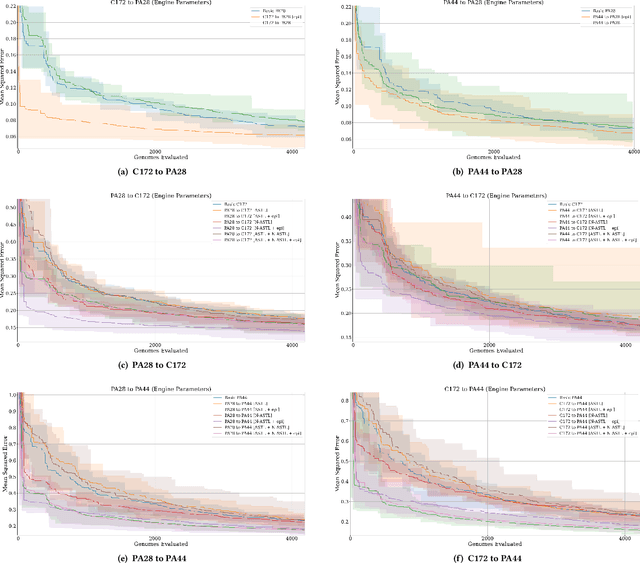
Abstract:Transfer learning entails taking an artificial neural network (ANN) that is trained on a source dataset and adapting it to a new target dataset. While this has been shown to be quite powerful, its use has generally been restricted by architectural constraints. Previously, in order to reuse and adapt an ANN's internal weights and structure, the underlying topology of the ANN being transferred across tasks must remain mostly the same while a new output layer is attached, discarding the old output layer's weights. This work introduces network-aware adaptive structure transfer learning (N-ASTL), an advancement over prior efforts to remove this restriction. N-ASTL utilizes statistical information related to the source network's topology and weight distribution in order to inform how new input and output neurons are to be integrated into the existing structure. Results show improvements over prior state-of-the-art, including the ability to transfer in challenging real-world datasets not previously possible and improved generalization over RNNs trained without transfer.
Improving Neuroevolution Using Island Extinction and Repopulation
May 15, 2020

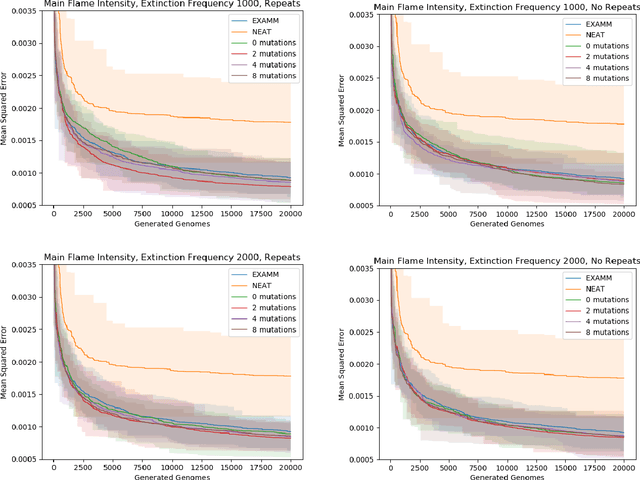

Abstract:Neuroevolution commonly uses speciation strategies to better explore the search space of neural network architectures. One such speciation strategy is through the use of islands, which are also popular in improving performance and convergence of distributed evolutionary algorithms. However, in this approach some islands can become stagnant and not find new best solutions. In this paper, we propose utilizing extinction events and island repopulation to avoid premature convergence. We explore this with the Evolutionary eXploration of Augmenting Memory Models (EXAMM) neuro-evolution algorithm. In this strategy, all members of the worst performing island are killed of periodically and repopulated with mutated versions of the global best genome. This island based strategy is additionally compared to NEAT's (NeuroEvolution of Augmenting Topologies) speciation strategy. Experiments were performed using two different real world time series datasets (coal-fired power plant and aviation flight data). The results show that with statistical significance, this island extinction and repopulation strategy evolves better global best genomes than both EXAMM's original island based strategy and NEAT's speciation strategy.
Optimizing Long Short-Term Memory Recurrent Neural Networks Using Ant Colony Optimization to Predict Turbine Engine Vibration
Oct 10, 2017
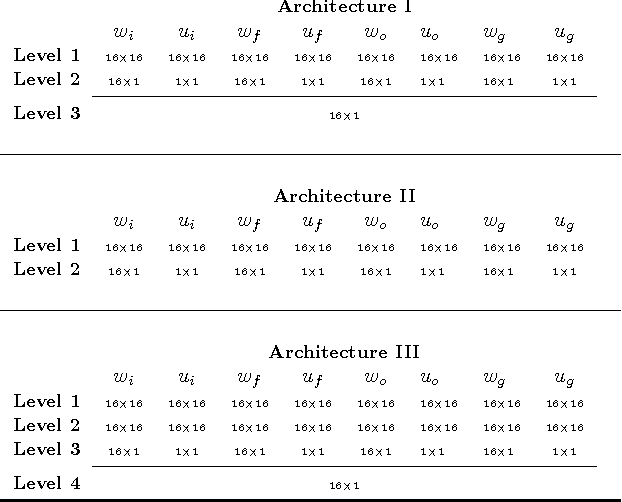


Abstract:This article expands on research that has been done to develop a recurrent neural network (RNN) capable of predicting aircraft engine vibrations using long short-term memory (LSTM) neurons. LSTM RNNs can provide a more generalizable and robust method for prediction over analytical calculations of engine vibration, as analytical calculations must be solved iteratively based on specific empirical engine parameters, making this approach ungeneralizable across multiple engines. In initial work, multiple LSTM RNN architectures were proposed, evaluated and compared. This research improves the performance of the most effective LSTM network design proposed in the previous work by using a promising neuroevolution method based on ant colony optimization (ACO) to develop and enhance the LSTM cell structure of the network. A parallelized version of the ACO neuroevolution algorithm has been developed and the evolved LSTM RNNs were compared to the previously used fixed topology. The evolved networks were trained on a large database of flight data records obtained from an airline containing flights that suffered from excessive vibration. Results were obtained using MPI (Message Passing Interface) on a high performance computing (HPC) cluster, evolving 1000 different LSTM cell structures using 168 cores over 4 days. The new evolved LSTM cells showed an improvement of 1.35%, reducing prediction error from 5.51% to 4.17% when predicting excessive engine vibrations 10 seconds in the future, while at the same time dramatically reducing the number of weights from 21,170 to 11,810.
 Add to Chrome
Add to Chrome Add to Firefox
Add to Firefox Add to Edge
Add to Edge